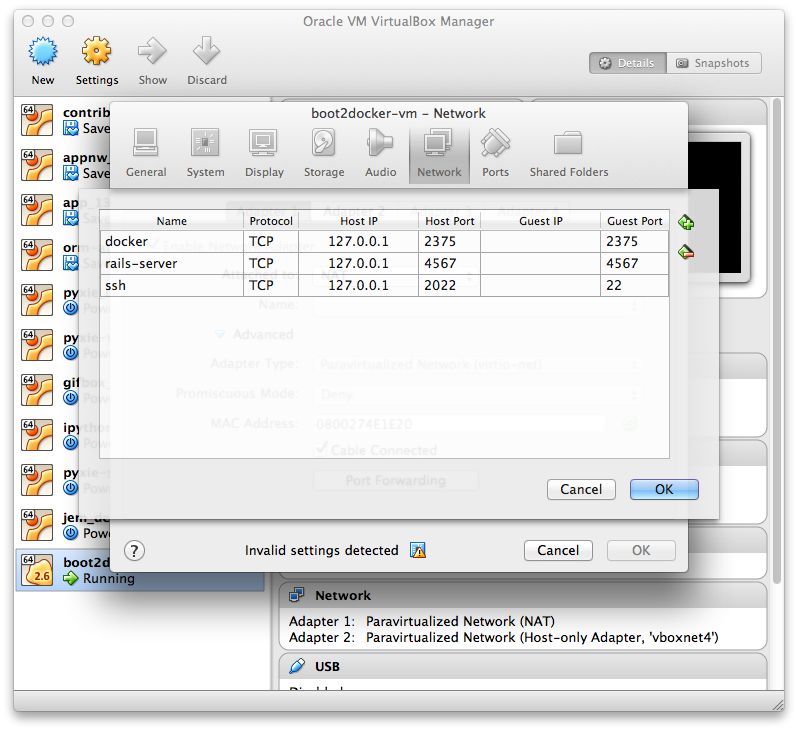

Run a Docker container in the background and call it mongo-on-docker. Any device which can reach the container using its Docker-assigned IP, visible in docker inspect output, will be able to use all its listening ports. This command allows you to start a new MongoDB container with exposed port so that you could access the instance from the outside world. There’s also the -publish-all flag that publishes an image’s exposed ports to random host ports.Ī container’s ports are always accessible via its own IP address, even if they’re not published. You can view a container’s exposed ports with docker ps irrespective of whether they’ve been published. EXPOSE should be treated as documentation whereas the -p flag creates a functioning port mapping.ĭocker does provide some extra behavior based on EXPOSE instructions. you can specify a non-reserved host port for your container port mapping. In this sense, the verb “expose” is a misnomer, as many people assume it’s an active action when in fact it’s an informational statement. Port mappings allow containers to access ports on the host container instance. The presence of exposed ports doesn’t render them accessible on the host’s interfaces unless you manually publish them.
DOCKER RUN PORT MAP SOFTWARE
SummaryĮxposed ports are pieces of metadata that define the ports listened to by software inside a container image. Performance can be impacted if you use a very large number of ports as an iptables rule will be created for each one. The second form explicitly binds a host range to a container range as normal. In the first case, -publish-all will assign 100 random ports on your host and map them into the container’s range. Docker networks are the preferred alternative approach for inter-container traffic.

You only need to publish container ports with -p if you want to access them from your Docker host or another device on your physical network.
DOCKER RUN PORT MAP FREE
Here, Docker will find a free port and map it to port 80 on the container. In this case, a mapping created by a -p flag will override the random port assigned by -publish-all. Generally I like to map my Docker containers to dynamic ports to avoid port collisions, so I’ll build my containers like this: docker run -name some-container-name -d -p 80 some-image. You can combine -publish-all with explicit -p mappings. This simplifies starting a new container from an image that requires several non-standard ports to be opened. Use the docker ps command to see the port assignations that have been made. This will assign random free ports on your host to each exposed port in the container. You can start a container with the -publish-all flag to have Docker automatically publish all the exposed ports listed in the image’s Dockerfile: docker run -d -publish-all httpd:latest This protects your container from network calls made by your other devices. Here the container port 80 will only be accessible via port 8080 on the host’s local loopback address.


 0 kommentar(er)
0 kommentar(er)
